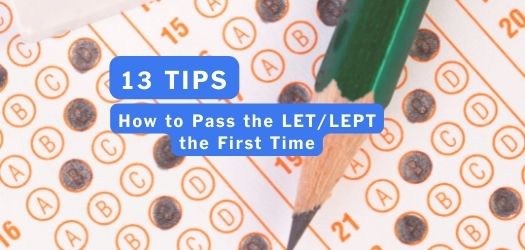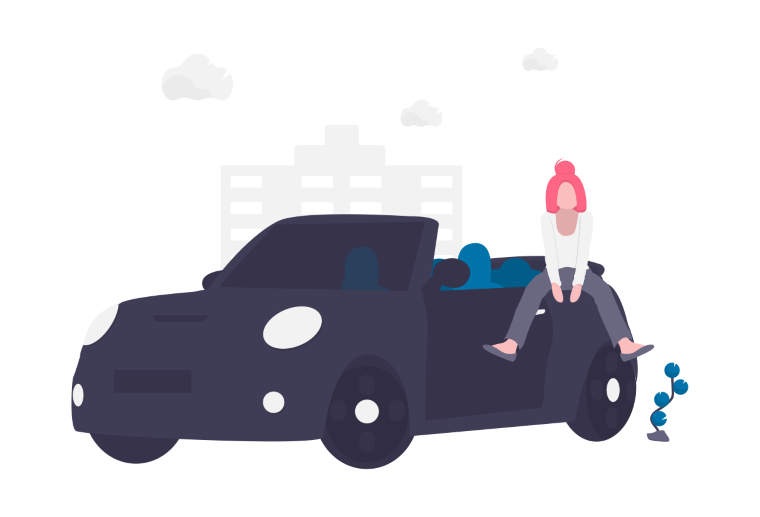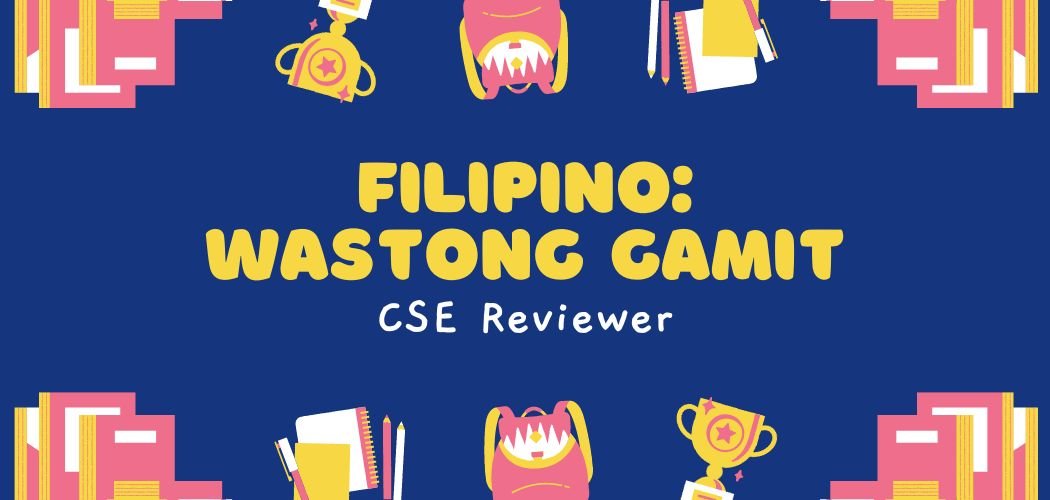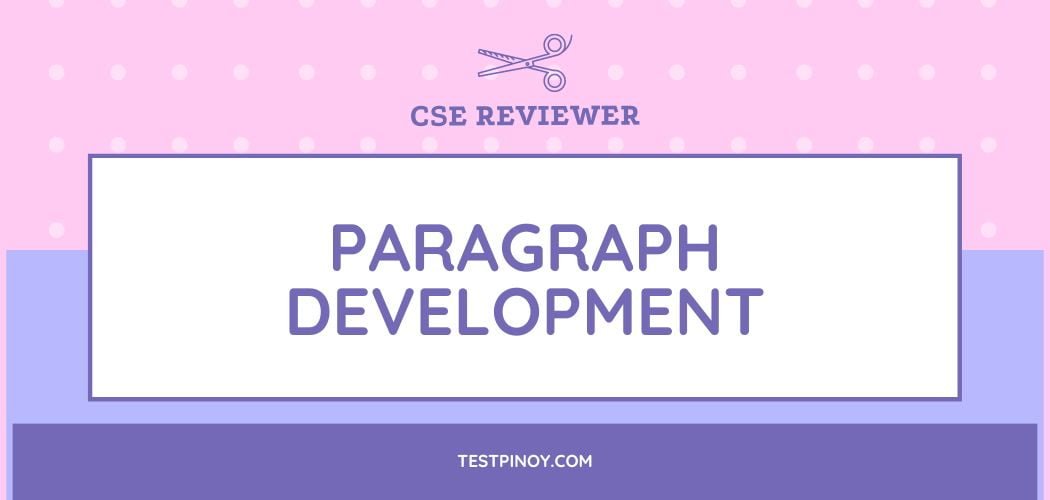This article has 100 questions. This driving theory test is just for review. Preparation is the key. Examinees who review the following questions are more likely to pass than those who don’t.
The practice questions aren’t used in the real test, but they’re based on the same topics as the test and they are almost exactly like the ones on the LTO’s official test.
Driver’s license reviewer
1. Traffic jams can be prevented if you:
Answer: Keep opposing lanes open.
2. When making a right turn you should:
Answer: Stay in the outermost lane of the road then signal your intention to turn right at least 30 meters before you intend to make your turn.
3. When you intend to turn right or left. Signal your intention at least:
Answer: 25 meters before you intend to make your turn.
4. At an intersection with a traffic light, make a left turn only when:
Answer: The green light is on and there is a left turn light.
5. Graft and corruption in the traffic enforcement system can be eliminated by:
Answer: Self-disciplined by drivers and obeying traffic rules and regulations.
6. On a four (4) lane road with a single white line, you can:
Answer: Overtake by passing over the solid white line.
7. A double solid yellow line with a broken white line in between means:
Answer: Absolutely no overtaking.
8. When making a U-turn you should:
Answer: Check for traffic behind you and indicate your intentions with a left turn signal.
9. Signs that are triangular and with a red-colored border are called:
Answer: Caution or warning sign.
10. Signs that are round, inverted triangle, or octagonal and with red-colored borders are called:
Answer: Regulatory signs.
11. Signs that are round, and rectangular with a white and blue background are called:
Answer: Informative signs.
12. Single with a broken line on a two-lane road means:
Answer: It separates traffic moving in opposite directions.
13. What to do when you approach a crosswalk or pedestrian lane?
Answer: Stop and yield to pedestrians.
14. Driving an unregistered motor vehicle is a violation with a fine of:
Answer: Fine of Php 10,000.
15. Considered a parking violation?
Answer: Parking within 5 meters from a signalized intersection.
16. Green light at an intersection means:
Answer: Pedestrians are not allowed to cross pedestrian lanes.
17. Steady red light at an intersection means:
Answer: Stop at the designated line.
18. Flashing yellow light means:
Answer: Proceed through the intersection with caution.
19. The penalty for driving a motor vehicle while under the influence of alcohol for the first offense:
Answer: Non-professional driver’s license shall be confiscated and suspended for twelve (12) months upon final conviction by a regular court.
20. When a driver of a PUV refuses to render service, or convey passengers, such violation is penalized with:
Answer: Fine of Php 1,000.
21. If the driver is using a motor vehicle in committing a crime and is convicted, his driver’s license shall be:
Answer: Revokes and will pay a fine.
22. The minimum distance away from the vehicle you are following is:
Answer: 1 car length.
23. When do you have a complete/full stop?
Answer: At a red traffic light.
24. On a two-lane road, overtaking is only allowed only at the:
Answer: Left lane.
25. Parking is considered a violation when a motor vehicle:
Answer: Park at the entrance and exit of the hospital and fire stations.
26. Parking is prohibited:
Answer: Within an intersection.
27. When the traffic light is steady green and steady left/right arrow:
Answer: Vehicles can go straight or vehicles on the right /left can make a left/right turn.
28. What is the maximum penalty for driving under the influence of liquor or prohibited drugs?
Answer: Revocation of license.
29. If a driver is found to have a fake or counterfeit license, his driver’s license shall be:
Answer: Confiscated and cannot secure a driver’s license for six (6) months in addition to a fine.
30. On a wet road, you must:
Answer: Slow down.
31. While driving at a maximum speed and you have to stop suddenly, you should:
Answer: Apply your brakes gently with steady pressure.
32. When another vehicle is following you too closely, you should:
Answer: Slow down gradually and give him the signal to overtake you.
33. The driver of the vehicle behind you should always practice “Distancia Amigo” or the 3-second rule to prevent:
Answer: Rear-end crashes.
34. When parking uphill without a curb, turn your wheels:
Answer: Towards the edge of the road.
35. When parking downhill, you must:
Answer: Turn your wheels to the curb.
36. When parking uphill, you must:
Answer: Turn your wheels away from the curb.
37. When you make an abrupt move especially when you are on a wet and possibly slippery road, the following action can cause you to skid and lose control:
Answer: Improper braking.
38. Whenever you are driving, especially when overtaking:
Answer: Never overtake another vehicle from a tailgating position.
39. When driving on a highway, do not stare at the vehicle in front of you, instead, you should:
Answer: Extend your scanning distance to about 12 seconds beyond the front of your vehicle.
40. When driving on mountain roads during the daytime, you should:
Answer: Blow your horn when approaching a blind curve.
41. When driving downhill on a mountain road always:
Answer: Shift to low gear so the engine braking action can help you control your speed.
42. The headlights should be used often as needed to:
Answer: Make your intentions known to drivers around you.
43. At an intersection, if two (2) vehicles arrived at the same time, which vehicle has the right of way?
Answer: Vehicle on the right.
44. When negotiating a curve on a highway at a relatively high speed you should:
Answer: Decrease your speed further as you enter the curve.
45. When planning to overtake a slower vehicle in front of you at night, you should:
Answer: Flick your dimmer, and switch two or three times to signify your intention to the driver of the vehicle that you intend to overtake.
46. You are driving on a two (2) lane road. A vehicle coming in the opposite direction decides to overtake. Judging by his speed and distance from you he will not make it and he is on the head-on collision course with you, what will you do?
Answer: Reduce your speed right away and pull over to the right shoulder of the road.
47. Driving in heavy rains can be extremely dangerous because visibility is limited. What should you do?
Answer: When you cannot see more than 20 meters in front of you, turn on your hazard lights/headlights and look for a safe place to park.
48. A flashing red signal means:
Answer: You must stop and then go only when it is safe to do so.
49. Your speed while driving at night should keep on:
Answer: The distance that you can see where you come to a complete stop within the distance that your headlights can light up.
50. One that affects your visibility?
Answer: Defective or dirty headlights.
51. When driving at night, you should:
Answer: Always turn your headlights on.
52. Being passed is a normal part of driving and should not be taken as an insult to one’s ability, you should:
Answer: Slow down and make it easy to stop.
53. When an oncoming vehicle deliberately crosses the centerline to pass another vehicle, you should be:
Answer: Alert and be ready to slow down or stop if necessary.
54. When an oncoming vehicle crosses the centerline on a straight road you should be:
Answer: Slow down and keep to the right.
55. When an oncoming vehicle is forced to cross the centerline to avoid hitting another vehicle that suddenly pulled out from the lane, just:
Answer: Be alert and be prepared to slow down and give way.
56. When an oncoming vehicle crosses the centerline in making a left turn, a driver should:
Answer: Wait for oncoming traffic to clear up.
57. When approaching a flooded area and you have to go through it, what should you do?
Answer: Proceed at a very slow speed.
58. A single solid yellow or white line means:
Answer: Passing/overtaking is not allowed.
59. If two vehicles approach or enter an intersection at approximately the same time, which vehicle has the right of way?
Answer: The vehicle on the right.
60. To avoid intersection collision, a driver must:
Answer: Know and practice the rules relating to the right of way and proper procedure in crossing an intersection.
61. Passing/overtaking is allowed:
Answer: On a highway with two or more lanes.
62. A driver on a highway shall yield the right of way to:
Answer: Police/fire department vehicles and ambulances when such vehicles are on official business.
63. A driver on a highway shall yield the right of way to:
Answer: Pedestrians crossing within a crosswalk.
64. This traffic sign warns you that school children may be present in the vicinity:
Answer: Pentagon.
65. A driver of a vehicle approaching a yield sign in an intersection shall:
Answer: Slow down and yield the right of way to any vehicle in the intersection.
66. A flashing red light means:
Answer: Stop.
67. When the vehicle you are driving runs off the road or hits an electric post or parked car, your most probable reason is:
Answer: You are driving too fast and lost control of your vehicle.
68. When you have to stop at a traffic light:
Answer: Stop before and close to the stop line.
69. The traffic sign means “Yield the right of way”
Answer: Inverted triangle.
70. The signal warns of a hazard ahead:
Answer: Diamond.
71. This traffic sign states direction and distances:
Answer: Horizontal rectangle.
72. The mark for a railway crossing:
Answer: Crossbuck.
73. Children must be held in an approved child restraint if there are:
Answer: 6 years old and below.
74. Seatbelts must be worn by children aged:
Answer: 7 years old and above.
75. The proper hand signal for a left turn is:
Answer: Left arm straight in a horizontal position.
76. Using the shoulder of the road to pass the right of the car ahead of you is;
Answer: Against the law.
77. The Temporary Operators Permit (TOP) authorizes the apprehended driver to operate a motor vehicle for a period not exceeding:
Answer: 72 hours.
78. A red flag or red light must be attached to any load that extends over:
Answer: One meter to the rear end of the vehicle.
79. When a vehicle starts to skid, what should you do:
Answer: Slow down, ease off the gas pedal and turn your wheels in the direction of the skid.
80. To obtain one’s driver’s license, one must be at least:
Answer: 17 years old.
81. If you are parking uphill without a curb, turn the wheels towards the:
Answer: Edge of the street.
82. If you park facing downhill, always turn your wheels towards the:
Answer: Edge of the street.
83. In the interest of safety, every driver is obliged to do more than the law demand. If you doubt exists at an intersection, one must: (Intersection Safety Rule):
Answer: Yield the right of way.
84. If a driver is driving too fast into a curve, he:
Answer: Should not slam the brakes.
85. Railway crossing is marked with a crossbuck sign and usually with warning lights. These signs mean a driver must stop, slow down and proceed as directed. If a full stop is required, stop from the nearest rail at least:
Answer: 5 meters
86. Never park or stop at the side of the road with a fire hydrant:
Answer: 5 meters
87. A driver _____ park or stop at the side of the road within 6 meters of a crosswalk because it reduces the visibility of pedestrians to the drivers.
Answer: should not.
88. A driver must park within the curb by putting the car in low gear and setting the parking brake for at least:
Answer: 30 centimeters
89. When parking uphill with a curb, turn wheels towards the:
Answer: Center of the street.
90. In bad conditions, the 2-second rule should be increased to:
Answer: 4 seconds.
91. How close should another car be before you dim your headlights?
Answer: 150 meters
92. The effects of alcohol in driving are the following except:
Answer: Coordination of body movements and self-judgment.
93. If another car enters the intersection at the same time you do and it is on your right, you must: (Same Time Rule)
Answer: Yield.
94. If the driver is turning left, he must: (U-turn Left Rule)
Answer: Yield to approaching cars.
95. If a driver passes a blind person, he:
Answer: Should not sound his horn.
96. If you are driving in a curb lane which ends ahead, what would you don first to merge without interfering with other traffic?
Answer: Change lane to the left.
97. A steady red cross means:
Answer: You cannot drive in this lane.
98. In changing lanes, what should be done first?
Answer: Make a signal.
99. Some drivers are constantly sounding their horns, especially if they are in a hurry which is an offense. When is such a situation allowed?
Answer: When it is done as a warning to avoid an accident.
100. The speed limits signs along the roadways should be thought of as:
Answer: The recommended speed under the best condition.
More driver’s license reviewer
| Reviewer | No. of items |
|---|---|
| Driver’s License – Part 2 | 100 items |
| Philippine Traffic Signs | 55 items |
| Complete LTO Fines and Penalties | 34 items |



